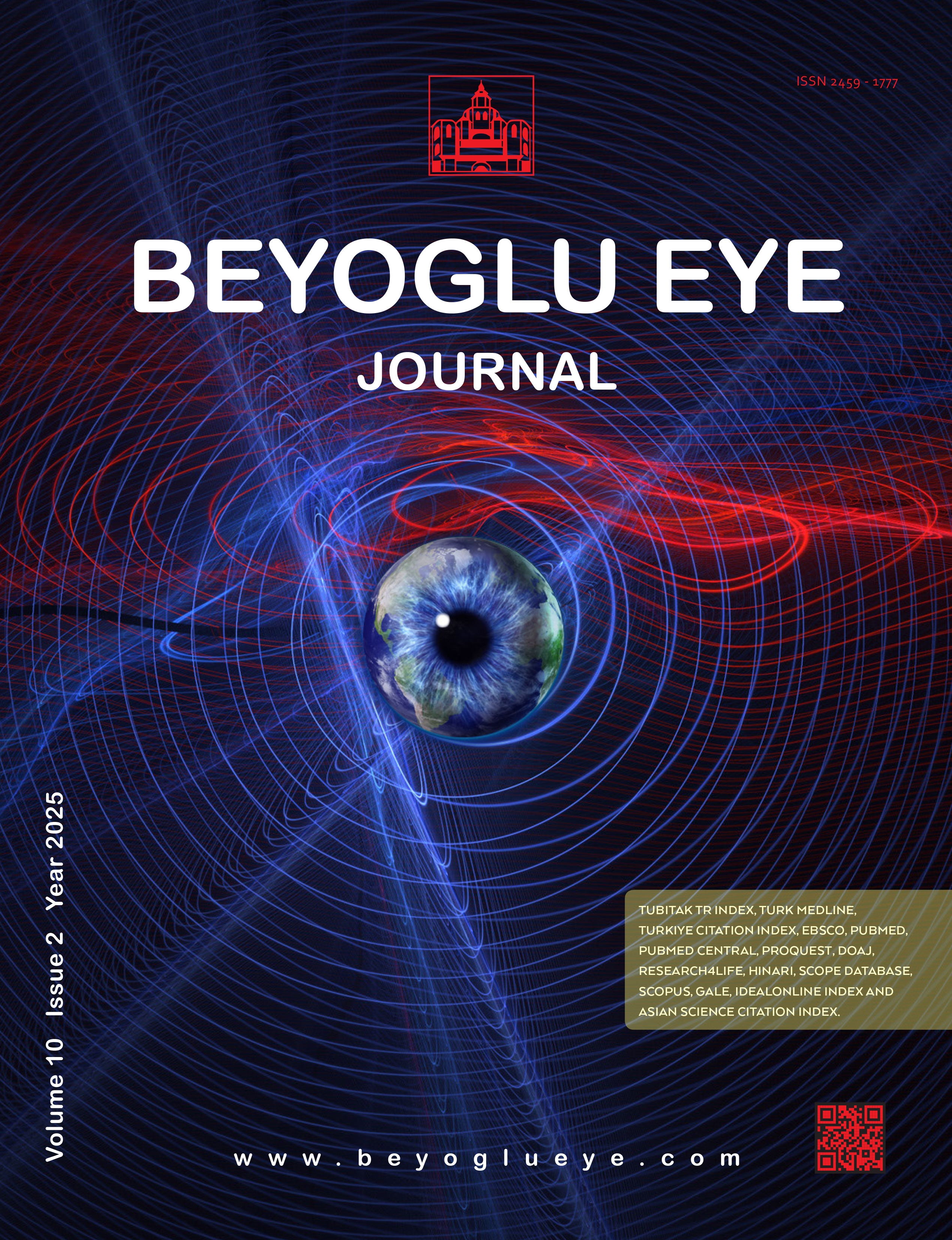
A Meta-Analysis and Meta-Regression of Pediatric Open Globe Injuries in Türkiye
Kürşat Atalay1, Havva Kaldırım Erdoğan1, Fatma Gezer Savur1, Levent Dogan2, Kürşad Ramazan Zor2, Ali Türker Çiftçi31Department of Ophthalmology, Basaksehir Cam and Sakura City Hospital, İstanbul, Türkiye2Department of Ophthalmology, Nigde Omer Halisdemir University, Niğde, Türkiye
3Department of Biostatistics and Medical Informatics, Mersin University, Mersin, Türkiye
OBJECTIVES: To do a meta-analysis of pediatric open globe injuries (OGI) presented from Türkiye for the 5 years up to June 2023.
METHODS: We used the Preferred Reporting Items for Systematic Reviews and Meta-analyses Statement and the Meta-analysis of Observational Studies in Epidemiology criteria. We included studies that analyzed individuals younger than 18 years without age and follow-up period restrictions. We performed random-effects model estimates for the meta-analysis of the relevant studies. We evaluated the heterogeneity with the inconsistency index I2 and the Q-test.
RESULTS: The average age of child injuries was 7.4 (95% confidence interval [CI]: 6.98.5) years. While the injury rate in boys was 66.8% (95% CI: 61.871.4), it was observed as 33.2% (95% CI: 28.638.2) in girls. Home injuries were the highest with 46.9% (95% CI: 22.473.1). Sharp-pointed object traumas were the most common, accounting for 71.9% (95% CI: 58.382.4). When the trauma zone distribution was examined, it was determined as zone 1 with the highest rate of 63.8% (95% CI: 60.167.3). Zone 2 and zone 3 have been observed with decreasing frequency (25.4% and 105%, respectively). The overall effect size of boys was positive in the group whose final best-corrected visual acuity (BCVA) was no light perception (β: 1.1657; p=0.0039). For patients with a final BCVA <0.1, Trauma Zone 1 (β: −0.0054; p=0.0410) and Zone 2 (β: −0.0034; p=0.0211) were found to have a negative overall effect size.
DISCUSSION AND CONCLUSION: OGI is one of the important health problems. We think that standardized research will contribute to the enlightenment of this issue.
Manuscript Language: English








